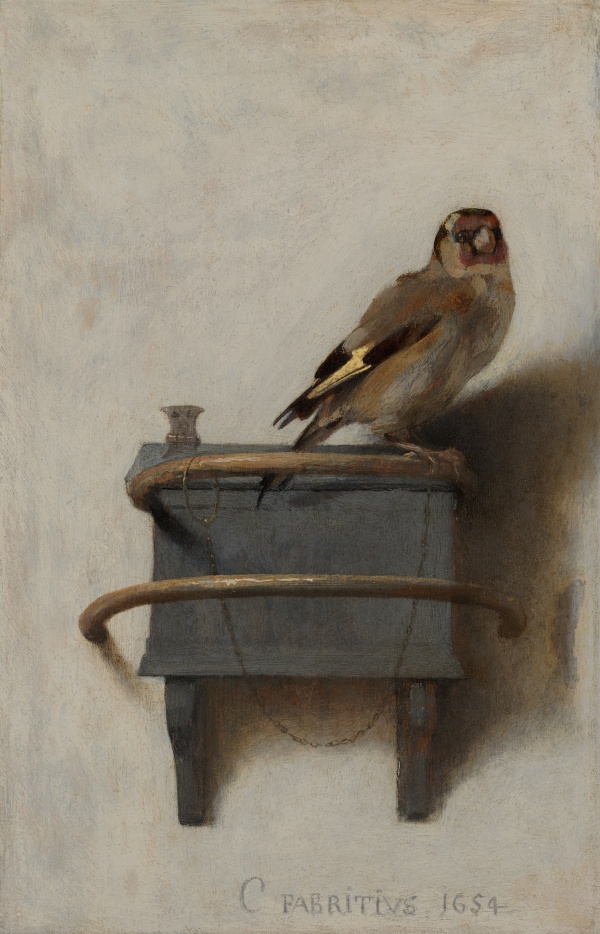Facts About The Goldfinch
"The Goldfinch" is a renowned painting by the Dutch artist Carel Fabritius, created during the Dutch Golden Age. Painted in 1654, this masterpiece features a life-size goldfinch chained to a feeder and is currently exhibited at the Mauritshuis in The Hague, Netherlands. The painting, an oil-on-panel trompe-l'œil, measures 33.5 by 22.8 centimeters and was likely part of a larger structure, such as a window jamb or a protective cover.
In the past, goldfinches were cherished pets, admired for their vibrant feathers and melodious songs. In art, they symbolized Christian redemption and the Passion of Jesus. "The Goldfinch" is particularly striking for its simplicity and the clever use of illusionary techniques that were popular during the Dutch Golden Age.
Interestingly, the painting was lost for over two centuries before being rediscovered in Brussels. It gained renewed fame after playing a central role in Donna Tartt's Pulitzer Prize-winning novel "The Goldfinch" which was later adapted into a film. A restoration in 2003 revealed more about the painting's physical structure, offering new insights into its composition and history.
Carel Fabritius, the artist behind this iconic piece, was a gifted painter and a pupil of Rembrandt. Tragically, he died in a gunpowder explosion in Delft in 1654, a disaster that claimed many lives. Despite his untimely death, Fabritius's work left a lasting impact on his contemporaries and influenced other Dutch painters of the time.
The journey of "The Goldfinch" includes its discovery by Théophile Thoré-Bürger in 1859 and its eventual acquisition by the Mauritshuis. Beyond the painting itself, "The Goldfinch" has inspired numerous cultural references, including Tartt's novel and its film adaptation, as well as exhibitions showcasing Golden Age paintings around the world.

 Belgium
Belgium